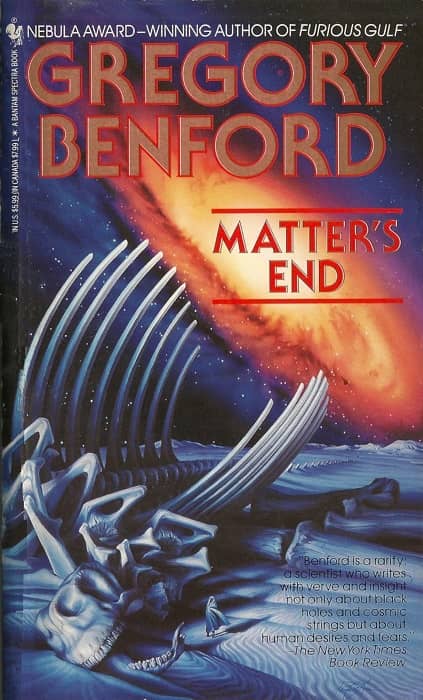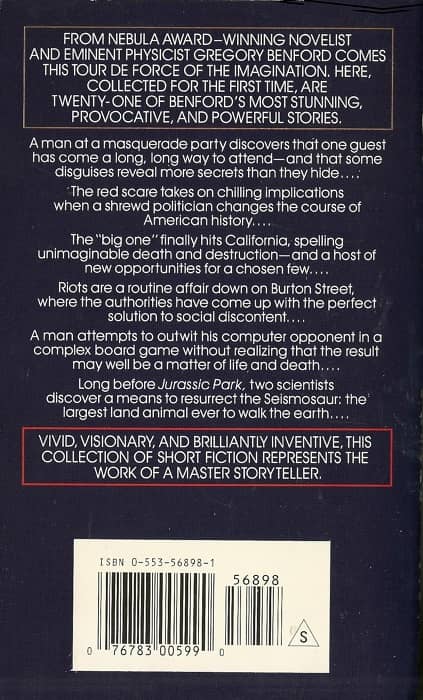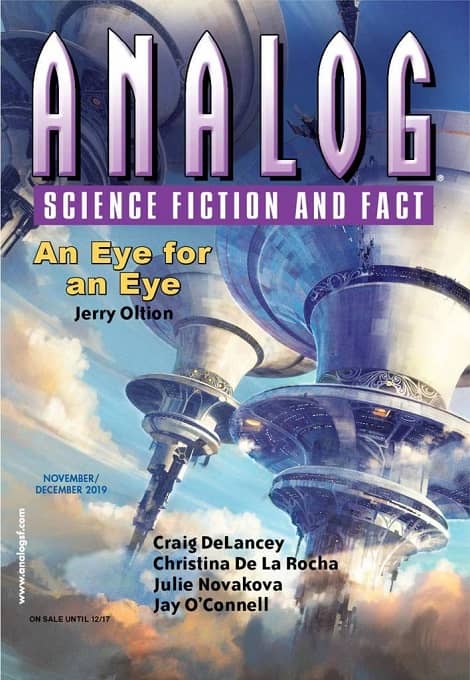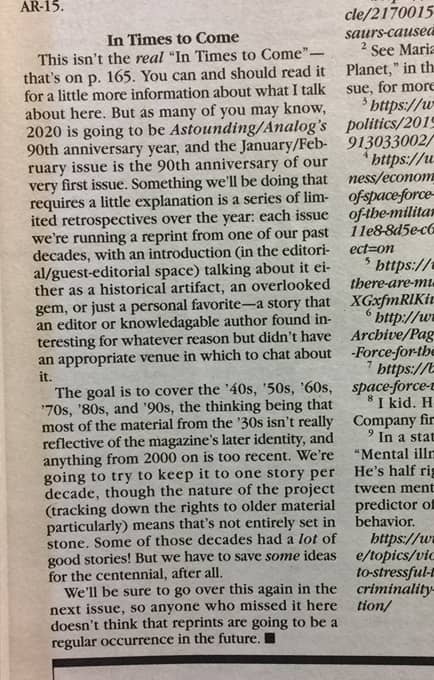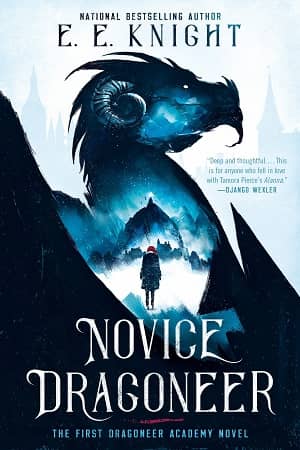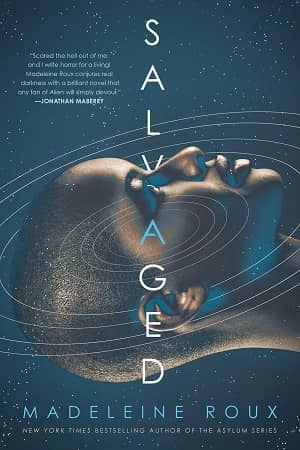Intergalactic Wars, Ancient Gods, and Living Ships: New Novellas from Tor.com
 |
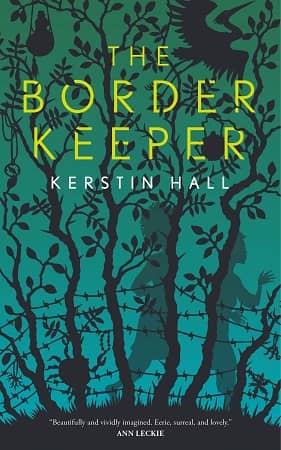 |
 |
 |
The last Tor.com novella I read was Desdemona and the Deep by C.S.E. Cooney, and it made me want to read a lot more. The prose (as one expects from Cooney) was delightful, but it was also the perfect length for a light-but-also-surprisingly-dark fae fantasy. It had exactly the right number of calories, and now I find myself looking around for something equally tasty and not too filling.
Fortunately the Tor.com back catalog is deep and gorgeous. They started their handsome novella line almost exactly four years ago, in September 2015, and have kept up a semi-weekly (sorta-kinda weekly, sometimes bi-weekly) release schedule ever since. I haven’t counted but there must around 150 by by now.
Tor.com’s editors have produced something for every taste over the past four years. Space opera, weird fantasy, horror, urban fantasy, comedy, military science fiction, dark fantasy, alternate history love stories, and a whole lot more. Like all great editors, they’ve published award-winning fiction from top names (Martha Wells, Nnedi Okorafor, Seanan McGuire) and also mixed it up with some terrific debuts from stellar new talents. Looking over their recent releases, it’s clear the quality and drive at Tor.com has not flagged at all. Here’s a look at some of their most interesting new titles.
